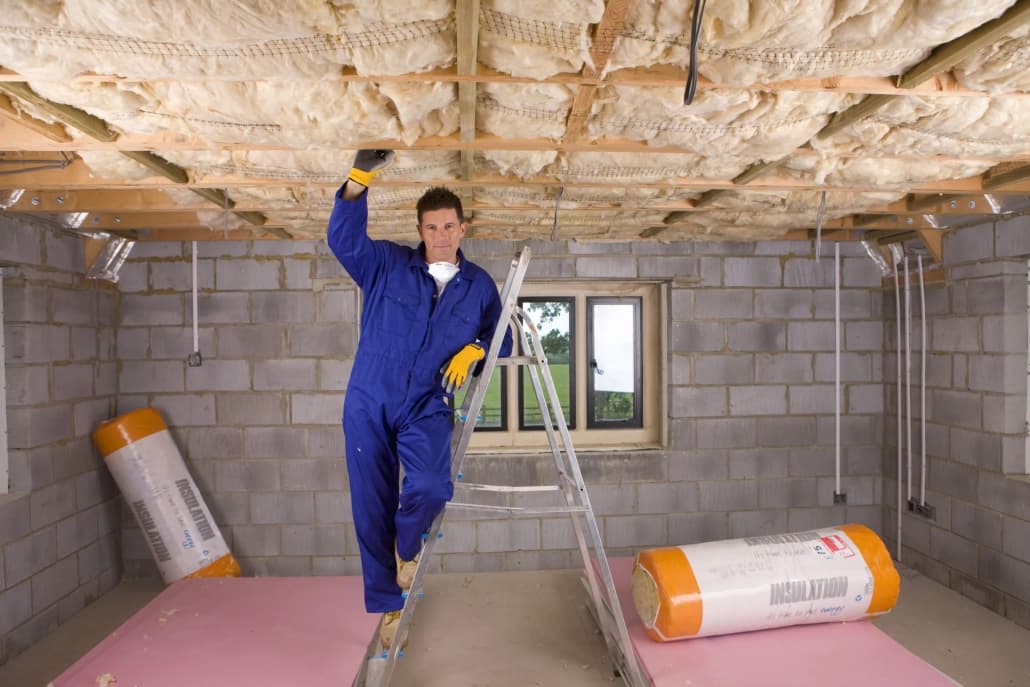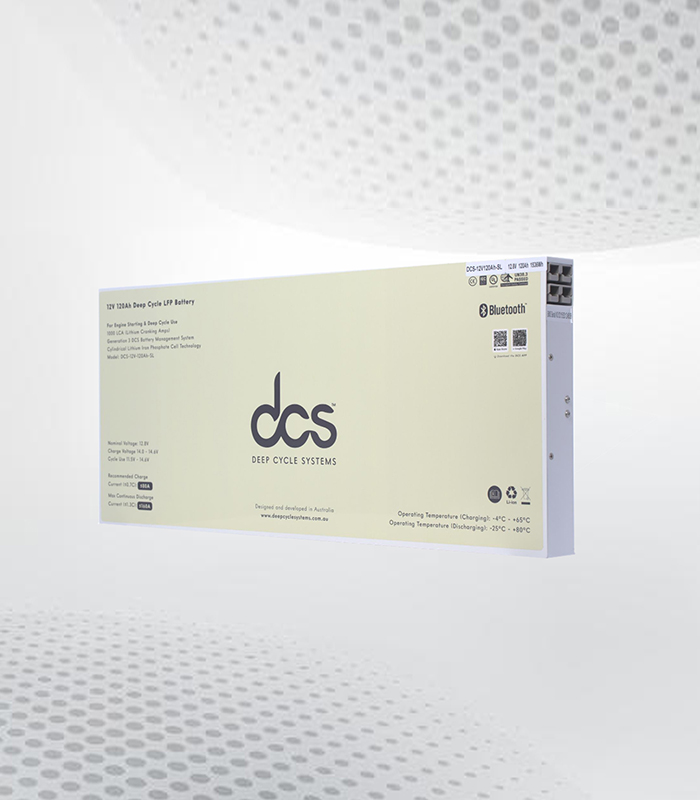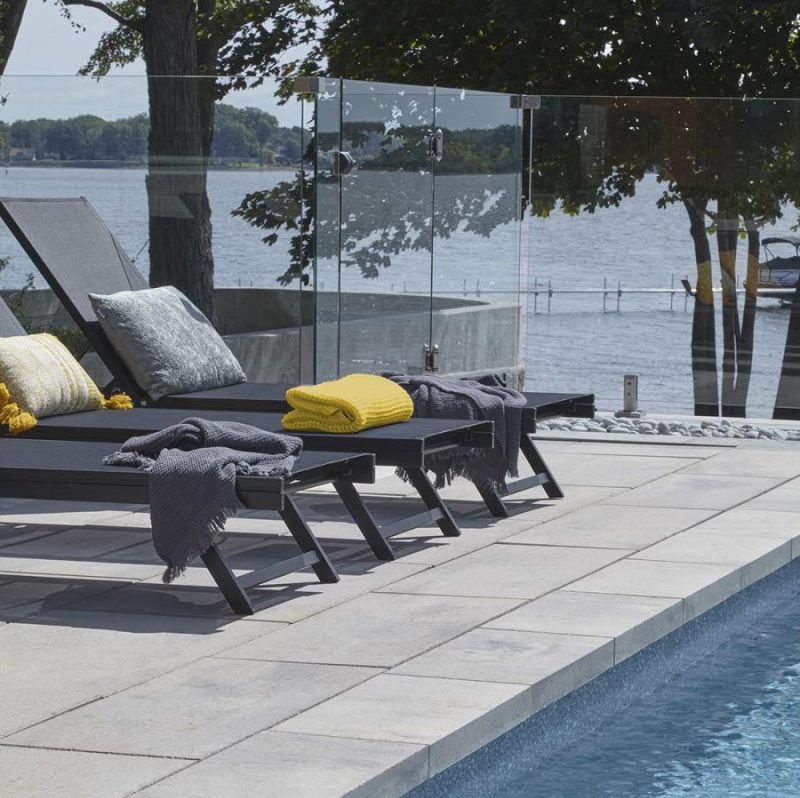Insulating your home is crucial for energy efficiency, comfort, and overall cost savings. However, understanding the costs associated with indoor insulation can be complex due to the variety of insulation materials, methods, and factors influencing pricing. This comprehensive guide will break down the costs of indoor insulation, including types of insulation, installation factors, and potential savings to help you make an informed decision.
Types of Indoor Insulation
Indoor insulation comes in several types, each with its own cost structure. Here’s a detailed look at the most common insulation materials and their average costs:
1. Fiberglass Insulation
Fiberglass insulation is one of the most popular and affordable insulation materials. It’s available in batts, rolls, and loose-fill forms.
- Cost: Fiberglass batts and rolls typically cost between $0.40 and $1.00 per square foot. Loose-fill fiberglass insulation costs range from $1.00 to $1.50 per square foot.
- Advantages: It’s easy to install and effective at reducing heat transfer. It also resists moisture and doesn’t support mold growth.
- Disadvantages: It can irritate the skin and respiratory system during installation. Proper protective gear is essential.
2. Cellulose Insulation
Cellulose insulation is made from recycled paper products and is treated with fire retardants. It’s available in loose-fill form and is known for its environmental benefits.
- Cost: Cellulose insulation generally costs between $1.00 and $1.50 per square foot for installation.
- Advantages: It’s made from recycled materials, which makes it an eco-friendly option. It also provides good thermal performance and air sealing.
- Disadvantages: It can settle over time, potentially reducing its effectiveness. It’s also more susceptible to moisture compared to other materials.
3. Spray Foam Insulation
Spray foam insulation is applied as a liquid that expands into a foam, creating an airtight seal. It comes in open-cell and closed-cell types.
- Cost: Open-cell spray foam insulation costs between $0.50 and $1.00 per board foot, while closed-cell spray foam costs between $1.00 and $1.50 per board foot.
- Advantages: It provides excellent air sealing and high R-values. Closed-cell spray foam is also resistant to moisture.
- Disadvantages: It’s more expensive than other types of insulation and requires professional installation. It also emits fumes during application that need proper ventilation.
4. Rigid Foam Insulation
Rigid foam insulation is available in boards made from polystyrene, polyisocyanurate, or polyurethane. It’s used in walls, roofs, and foundations.
- Cost: Rigid foam insulation costs between $0.75 and $1.50 per square foot, depending on the material and thickness.
- Advantages: It offers high R-values and is resistant to moisture and pests. It’s also durable and easy to handle.
- Disadvantages: It can be more expensive than fiberglass and cellulose insulation. Installation requires careful cutting and fitting.
5. Mineral Wool Insulation
Mineral wool, also known as rock wool or slag wool, is made from volcanic rock or industrial by-products. It’s available in batts, rolls, and loose-fill forms.
- Cost: Mineral wool insulation costs between $0.60 and $1.20 per square foot.
- Advantages: It provides excellent fire resistance, soundproofing, and thermal performance. It’s also resistant to moisture and pests.
- Disadvantages: It can be more expensive than fiberglass and may require protective gear during installation.
Factors Affecting Insulation Costs
Several factors influence the overall cost of indoor insulation, including the type of insulation, the size of the area to be insulated, and the complexity of the installation.
1. Type of Insulation
The type of insulation you choose has a significant impact on cost. Spray foam insulation, for example, is generally more expensive than fiberglass or cellulose. Each type has its own price range and benefits, so it’s essential to consider your budget and insulation needs.
2. Size of the Area
The size of the area to be insulated directly affects the total cost. Larger areas will require more material and labor, increasing the overall expense. To estimate the cost, measure the square footage of the space you plan to insulate and use the cost per square foot of your chosen insulation type.
3. Installation Complexity
The complexity of the installation can also impact cost. Areas that are difficult to access, such as attics or crawl spaces, may require additional labor and equipment. Complex installations, such as those involving multiple layers or intricate details, can also increase costs.
4. Labor Costs
Labor costs vary depending on the type of insulation and the local market. Professional installation is often required for materials like spray foam, and labor costs can range from $0.50 to $1.50 per square foot, depending on the region and the complexity of the job.
5. Location
The geographic location of your home can affect insulation costs. In some areas, certain types of insulation may be more readily available and therefore less expensive. Additionally, regional labor rates can impact the overall cost of installation.
6. Additional Costs
Additional costs may include:
- Preparation: Cleaning and preparing the space for insulation, which may involve removing old insulation or repairing damage.
- Vapor Barriers: Installing vapor barriers to prevent moisture problems, especially in areas prone to high humidity.
- Air Sealing: Sealing gaps and cracks to improve the effectiveness of the insulation and reduce air leaks.
Cost Breakdown by Insulation Type
Here’s a more detailed breakdown of insulation costs based on type and installation:
1. Fiberglass Insulation
- Batts/Rolls: $0.40 – $1.00 per square foot
- Loose-Fill: $1.00 – $1.50 per square foot
- Installation Cost: $0.50 – $1.00 per square foot
2. Cellulose Insulation
- Loose-Fill: $1.00 – $1.50 per square foot
- Installation Cost: $0.50 – $1.00 per square foot
3. Spray Foam Insulation
- Open-Cell: $0.50 – $1.00 per board foot
- Closed-Cell: $1.00 – $1.50 per board foot
- Installation Cost: $1.00 – $2.00 per square foot
4. Rigid Foam Insulation
- Polystyrene: $0.75 – $1.00 per square foot
- Polyisocyanurate: $1.00 – $1.50 per square foot
- Installation Cost: $0.50 – $1.00 per square foot
5. Mineral Wool Insulation
- Batts/Rolls: $0.60 – $1.20 per square foot
- Loose-Fill: $1.00 – $1.50 per square foot
- Installation Cost: $0.50 – $1.00 per square foot
Potential Savings from Insulation
Investing in indoor insulation can lead to significant savings over time. Here’s how insulation can impact your energy costs and overall savings:
1. Energy Efficiency
Proper insulation reduces heat transfer between indoor and outdoor environments, which can lead to lower heating and cooling costs. According to the U.S. Department of Energy, proper insulation can reduce energy bills by 20% to 30%.
2. Comfort
Improved insulation enhances indoor comfort by maintaining consistent temperatures and reducing drafts. This can lead to a more pleasant living environment and reduce the need for supplemental heating or cooling.
3. Increased Home Value
Energy-efficient upgrades, including insulation, can increase the resale value of your home. Prospective buyers often value homes with lower energy costs and better comfort.
4. Return on Investment
While the initial cost of insulation may seem high, the long-term savings on energy bills and increased home value can provide a favorable return on investment. The payback period for insulation can range from a few years to over a decade, depending on the type of insulation and local energy costs.
Conclusion
The cost of indoor insulation varies widely based on the type of material, the size of the area, and the complexity of the installation. Fiberglass, cellulose, spray foam, rigid foam, and mineral wool each offer different benefits and price points. By understanding these costs and factors, you can make an informed decision that fits your budget and insulation needs.
Investing in quality insulation improves energy efficiency, enhances comfort, and can lead to long-term savings. Whether you’re insulating a new home, retrofitting an existing structure, or simply looking to improve your current insulation, considering these factors will help you achieve the best results for your investment.




